Benefits have started flowing, but at a gradual pace
Government policies have been designed to raise agriculture production and productivity with the objective of improving the income and standard of living of farmers. The focus is on expansion of cultivated areas, land reforms, support prices, public storage, procurement, distribution, trade protection, and availability of credit. These policies have largely benefited farmers, but now, with gradual and structural changes in agriculture and the economy, farmers seem to be struggling to earn reasonable realisations.
Continuous farmer agitations, especially in Madhya Pradesh, Maharashtra, Punjab, Haryana, Gujarat, Uttar Pradesh and Tamil Nadu, have prompted the government to take several measures to improve the income levels of farmers. A major scheme that is being implemented is PM-KISAN, a flagship scheme of the central government, which aims to support farmers’ incomes so that they can buy agriculture inputs with greater ease. State governments (Telangana, Andhra Pradesh and Odisha) also announced similar policies to support farmers’ income such as Rythu Bandhu, Rythu Bharosha and Kalia. Other major supporting initiatives include crop insurance (revamped), emphasis on irrigation, wider penetration of soil health cards and Direct Benefit Transfer (DBT) in fertilisers. These policies are aimed at strengthening the long-term sustainability of agriculture with better usage of agriculture inputs, diverse cropping areas, and securing and sustaining farmers’ incomes.
Various measures by state and central governments indicate a long-term visibility in agriculture, but their implementation is the key.
Another important factor or ‘compulsion’ for the government to support farming communities is the large vote bank that they represent. Indian farmers cover c.15-20% of the voting population directly, while the rural population contributes c.70%, which means that a large share of population is directly or indirectly involved in agriculture and allied sectors. The political parties have to prioritise farmer communities for winning elections. Historically, all political parties (state or central) have announced incentives to farmers by way of one-time loan waivers or incentives to support farmers’ incomes. But those benefits always provided only limited and short-term benefits to farmers.
“The bigger question is implementation. I am very hopeful that over the long term, farmers start getting benefits. Looking at all schemes holistically, I believe southern states will benefit the most because of higher cash crops and expansion of irrigated areas,”
– Mr Rane, COO of Indofil Industries.
Objective
• To supplement the financial needs of landholding farmers. To provide help for procuring inputs that would ensure proper crop health and appropriate yields.
• Will support farmers in becoming less dependent on money lenders for financing farming activities.
• Exclusions: (1) Institutional land holders. (2) Farmer families holding institutional land. (3) If one or more family member have been former and present holders of constitutional posts, or former and present ministers/members of Loksabha/Rajya Sabha/state legislative assemblies/mayors/chairperson of district panchayats.
Benefits
• It aims to disburse Rs 6,000 to farmers’ families (family – spouse and minor children) in three equal instalments wherein farmers can procure various inputs for better crop health and improve yields.
• Farmers need to enroll with state government agencies with Aadhaar authentication. Benefits are directly transferred to farmers’ bank accounts.
• First instatement was for Dec 2018 to Mar 2019. According to Mr S Singh, a district officer from Mathura in the Uttar Pradesh Agriculture Department, 70% of India’s farmers have received second and third installments too. He said that the government was in the process of integrating various details in the system and this would take time as the verification process was being carried out. This suggests that disbursement under PM-Kisan could improve once data integration is complete; this should take about 6-12 months.
“Aadhaar wasn’t needed for the first instalment, but the government has made it compulsory to authenticate Aadhaar from the second one; maybe due to the elections. Aadhaar is delaying the process”
– Mr S Singh, a district officer from Mathura in Uttar Pradesh agriculture department who is directly involved in implementing various state and central government schemes.
Budget:
• The central government’s PM-Kisan is the most talked-about and large scheme that aims to improve farmers’ income with a budget of Rs 750bn.
Beneficiaries
• The numbers of beneficiaries as on 18 December 2019 were 88.8mn. Similarly, the number of first, second, third, and fourth instalments paid by the government to beneficiaries were 84.53/75.89/62.12/30.91mn.
• UP had the highest disbursement with a share of c.23% followed by Maharashtra, Rajasthan, MP, AP, Bihar, Karnataka, and Gujarat with a combined share of c.46%. Uttar Pradesh had seen large enrolment compared to other states mainly due to better cooperation of the state government and a higher farmer base in the state.

Ground realities
• Based on the number of beneficiaries by the second week of February, disbursement amount was c.Rs 337bn. Since the start of the PM-Kisan scheme, total disbursement amount has been c.Rs 533 bn against a budgeted amount of Rs 750bn.
• The Minister of Agriculture and Farmer Welfare, Mr Narendra Singh Tomar, explained the reasons for slow spending in the Lok Sabha saying – “It is an ongoing scheme. The actual utilisation of funds may be varying depending upon verification. The actual fund position shall be ascertained by reconciliation after end of FY20. The onus lies with state governments to identify beneficiaries and upload their details on the PM-KISAN portal”.
• Another major reason for slow disbursement was that the list of beneficiaries are based on FY16 agri-census data, which does not include joint land holdings. Integrating the total number of beneficiaries will take time.
• Farmers in Maharashtra, Punjab, and Gujarat said they received their first instalment, but only a few received subsequent payments. “I received Rs 2,000, but nothing after that,” said a farmer from Latur, Maharashtra, at the Kisan Fair in Pune. A farmer from Nagpur said, “It is a good scheme, but payment should be done within a fixed timeframe. We need money before sowing. I believe the first instalment came easily because of elections”.
• Farmers from Punjab and Gujarat were slightly more positive about the scheme saying it helps them to reduce fertiliser costs and that it covers some of the kharif losses.
• UP is the biggest agricultural state with 24mn farmers and as such, its number of beneficiaries are higher vs. other states.
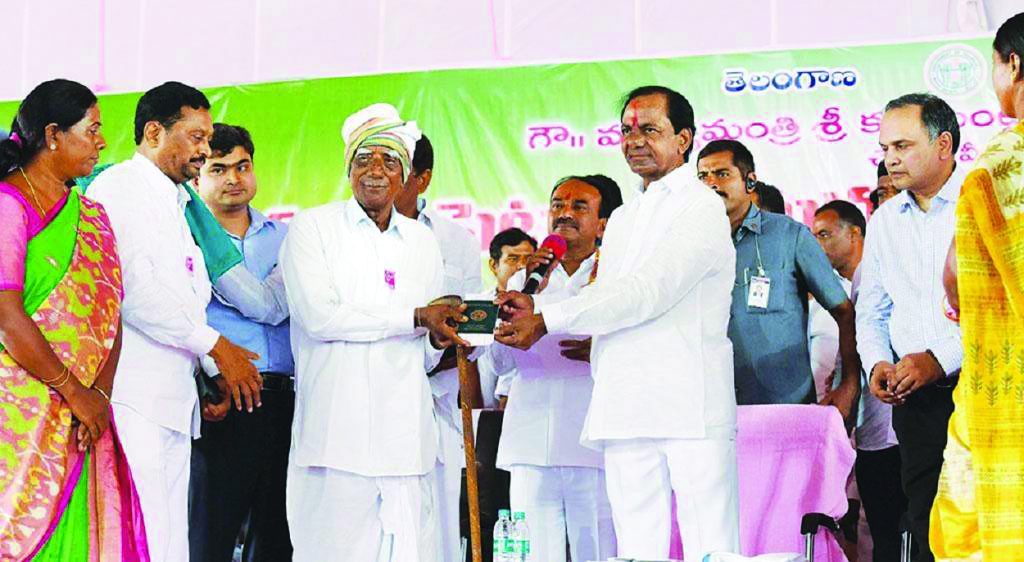
Objective
• In line with PM-KISAN, a few state governments also ran income-support schemes. The most popular and successful among them is considered to be Telangana’s Rythu Bandhu (Agriculture Investment Support Scheme) run since kharif FY19.
• The scheme aims to support buying of agriculture inputs, encourage investments in agriculture and support crop production. For buying seeds, fertilisers, pesticides, labour and other investments.
Benefits
• The Telangana state government enhanced income assistance to Rs 5,000/acre/season for 2019-20 from Rs 4,000 in 2018-19.
• Amount is distributed through ‘order cheque’ (direct bank transfer) before the kharif season (April/May). If beneficiary amount exceeds Rs 50,000, then two cheques are distributed (the amount beyond Rs 50,000 is provided through another cheque).
• The scheme is implemented by the state agriculture department (district collectors) based on updation and purification of land records by revenue departments.
• The disbursement happens before the sowing starts for kharif (in April-May) under the supervision of district collectors, joint commissioners, DAOs, and RDOs.
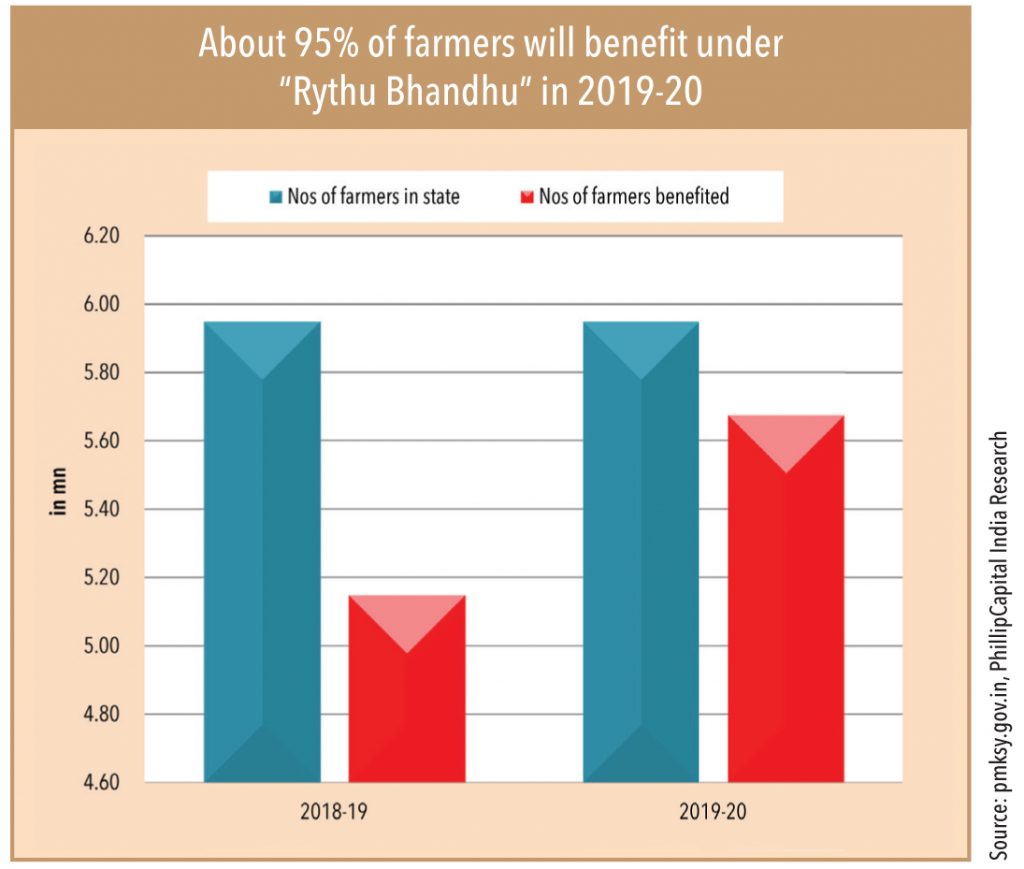
Budget:
• Implemented from 2018-19 kharif season with a budget allocation of Rs 120bn in Telangana.
• Similarly, Telangana government extended assistance to 98% of farmers and is likely to disburse about Rs 145bn against an allocation of Rs 128bn for 2019-20.
Beneficiaries
• c.87% of Telangana farmers benefited from this scheme in 2018-19 of the total 5.95mn and it is estimated to have spent Rs 102bn compared with a budget allocation of Rs 105bn.
• The scheme seems to be more successful compared to any other support schemes – state government records show that of the c.5mn farmers in the state in 2018-19, c.87% have benefited.
Ground realities
• “It is the best scheme so far. About 90-95% of farmers benefited. My fertiliser cash sales have gone up as farmers are spending directly; better than they did with credit facilities,” said Mr Ramamurthy, a large wholesale and retail distributor of fertiliser in Nalgonda district in Telangana.
• A farmer holding about 50 acres of agriculture land at Mahabubnagar district in Telangana was also happy with Rythu Bandhu. “A good policy for us. In my area, most of us are benefiting. Our credit dependency has reduced substantially,” he said. He also said that another way could also work better, “Income support is good, but a small portion of farmers may misuse the cash. It is better to get higher crop realisation. Madhya Pradesh state’s Bhavantar Bhugtan Yojana was a good example wherein we get the price difference between MSP and mandi prices. So, our realisation for selling crops is not affected.”

Objective
• The YSR Rythu Bharosa scheme was implemented by the Andhra Pradesh government from October 2019 (rabi 2019) for providing financial assistance to farmer families, including tenant farmers, across the state – to help in timely sourcing of quality inputs and services for better crop productivity. A scheme similar to Rythu Bandhu, its aims are also similar. It will be implemented for five years vs. four years earlier.
• This scheme is a replacement of the TDP government’s ‘Annadata Sukhibhava’.
• Exclusions: Institutional land holders, farmer’s families belonging to former/present constitutional post (more or less similar to PM-Kisan).
Budget, benefits, and beneficiaries
• The assistance is Rs 13,500 per year per farmer family in which the state government’s contribution is Rs 7,500 and the rest is from the PM-KISAN scheme disbursement of Rs 6,000.
• The state government is expecting about 5.3mn farmer families to benefit in Andhra Pradesh. An amount of Rs 72bn is estimated to be disbursed by the state (44% share) and the central government (56%).
• The numbers of families under the scheme are 5.3mn (6.7mn farmers) and the AP government has allocated Rs 88bn for the scheme. The estimated cost of disbursement is c.Rs 72bn, which includes PM-Kisan allocation of Rs 32bn.
Ground realities
• The state government seems to be in the process of fully implementing the scheme, but it will take some time to benefit farmers. “The policy is just renamed by the state government by linking with PM-Kisan. It has just started and success rate is about 30-40% in our area due to the government’s budget constraints,” said Mr Rao, a market development officer at Adventz Group at Hyderabad. Mr Reddy, a large farmer from Telangana holding some agriculture land in Andhra Pradesh, echoes Mr Rao, “I have got some share of PM-Kisan, but not all instalments. The scheme is good, but implementation is taking time”.
• The KALIA scheme was launched in December 2018 by the Odisha government to support small, marginal, and landless farmers in the state.
• Objectives: To improve poverty.
• The total cost of the scheme is Rs 100bn with financials support such as: (1) Rs 10,000 per family in rabi and kharif seasons to about 3mn farmers. (2) Rs 12,500 assistance to about 1mn landless agriculture households for agriculture activities. (3) Life insurance of Rs 0.2mn and additional personal accident cover of Rs 0.2mn to about 5.7mn households of cultivators and landless agricultural laborers. Government will also share part of the premium paid. (4) Interest free crop loans to vulnerable landless laborers, cultivators, share croppers and agriculture families identified by gram panchayats – up to Rs 50,000 at 0% interest.
• Madhya Pradesh launched BBY in October 2017 to compensate farmers in the event of a fall in crop prices. The scheme was initially extended to eight crops – largely oilseeds and pulses – as government procurement is very limited in these compared to rice and wheat.
• Farmers are compensated if selling price is lower than MSP.
• The compensation is determined on model price (market price within the state and outside the state).
• If farmers’ selling price is less than MSP but higher than model price, then the difference between MSP and actual price is paid. If selling price is less than MSP/model price then the difference between MSP and model price is paid.
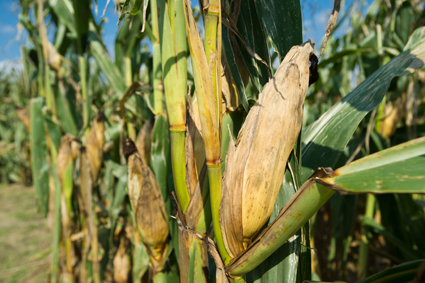
Objective
• To provide insurance cover and financial support to farmers in the event of crop failure because of natural calamities, pests, and diseases. Stabilize farmers’ incomes, encourage them to adopt innovative and modern agriculture practices, and ensure flow of credit to the agriculture sector.
• PMFBY has made several improvements over previous schemes such as National Agricultural Insurance Scheme and Modified National Agricultural Insurance Scheme. It has no upper limit for government subsidy (premium paid) compared to older schemes.
Benefits
• Insurance charges paid by farmers (of sum insured or the actual rate, whichever is less) for kharif crops (food and oilseeds) are 2%, for rabi crops (food and oilseeds) these are 1.5%, and 5% fpr kharif/rabi crops (commercial and horticulture crops).
Budget:
• PMFBY was implemented in February 2016 with an initial budget of Rs 55bn in FY17. The revised budget allocation was Rs 136bn for FY20 and Rs 157bn for FY21.
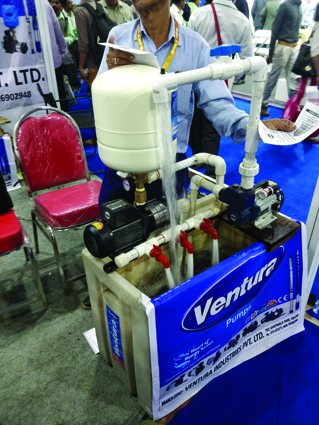
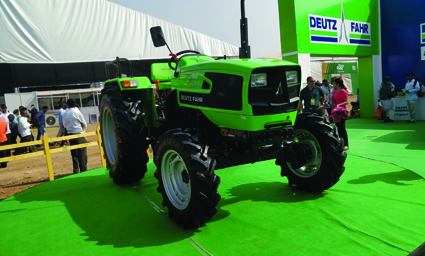
Beyond income support policies, the ones that were most discussed dealt with expanding irrigation areas. Historically, the government was only focusing on small and medium projects with development of surface water; major investments were made only from the public sector. Now, it is focusing on comprehensive areas such as micro and drip irrigation, with support from the state governments and the private sector.
• Government launched PMKSY by formulating ongoing schemes of Accelerated Irrigation Benefit Programme (AIBP) of Ministry of Water Resources (MoWR), River Development and Ganga Rejuvenation (RD&GR), Integrated Watershed Management Programme (IWMP) of Department of Land Resources (DoLR) and the On Farm Water Management (OFWM) of Department of Agriculture and Cooperation (DAC).
• Vision: Extending coverage of irrigation ‘har khet ko pani’ and improving water usage efficiency ‘more crop per drop’ with a focus on solutions in water source creation, distribution, management, field application, and extension activities.
• AIBP is focusing on faster completion of ongoing major and medium irrigation projects.
• PMKSY of MoWR and RD&GR are focusing on creating water sources through minor irrigation including repairs, restoration, and renovation of water bodies, strengthening carrying capacities, etc.
• DoLR is responsible for water harvesting structures such as dams, nala bund (water retaining structure), farm ponds, and tanks.
• DAC is focused on programme management, preparation of the state/district irrigation plan, approval of annual action plan, and monitoring.
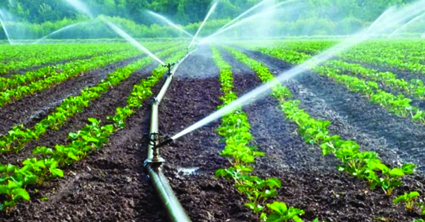

Mr S Singh of the Department of Agriculture at Mathura, UP, believes that only 50% agricultural land is irrigated. “This is major concern for farmers, who are then left with no option but to rely on the monsoon. Past policies were only focussed on smaller irrigation projects that had an efficiency of only 30-40%”.
PMKSY seems to be providing some solution by addressing the problem of efficient usage of water and expanding irrigated areas. The government combined four ongoing programmes or polices under PMKSY so that water efficiency can be improved (‘more crop per crop’) with a vision to extend irrigation areas under a vision of “Har Khet Ko Pani”, primarily focusing on extending areas. There are several projects underway via central funding and assistance and through states governments – to expand the irrigation areas and reduce monsoon dependency. Under the ‘more crop per drop’ by AIBP, the central government has sanctioned about Rs 18bn in FY20 (sanction in the past four years has been c.Rs 104bn for 255 projects) with small and medium projects (around 43) covering all major states. The government aims to cover about 2mn hectares of potential irrigation areas under this.
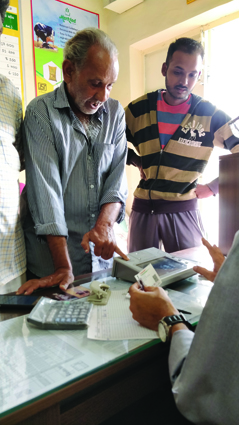
Two most important and large irrigation projects are under development in Telangana and Andhra Pradesh at an estimated combined cost of about Rs 1,350bn.
o The Kaleshwaram Lift Irrigation Project (KLIP) in Telangana is the longest in Asia at 1,832kms to be built at cost of about Rs 800bn. The state government expects this project to add 0.8mn hectares of irrigated area, covering c.3mn hectares in the state. It is to be completed by 2022-23. The additional areas should cover the state’s entire water requirement by covering all districts. The project has several phases and was inaugurated in June 2019. The state government has spent about Rs 480bn (c.60%) by the end of FY19 and is presently seeking central support for further funding.
o Polavaram project in Andhra Pradesh on the Godavari River will be developed at a cost of Rs 550bn adding c.300,000 hectares of irrigation areas with increasing water supply for the state. Interestingly, the project will support other nearby states such as Odisha and Chhattisgarh as water saved will be shared with them (6.5TMC). The progress of the project was affected due to floods last year and the newly elected government in the state reviewed the cost and started the project activity. It is supported by central government funding; the state government believes it will complete the project by 2021. “This project should be a game changer in AP. Water from the Godavari will also support Krishna and Rayalaseema areas,” said Mr Rao, a market development officer at Adventz Group, who was quite positive on the development of the Polavaram project. “About 90% of areas to be covered under irrigation compared to about 40-45% at present in AP. It is good for farmers and companies like us. Larger irrigation areas will surely help more sowing. This will improve consumption of agri inputs,” he added.
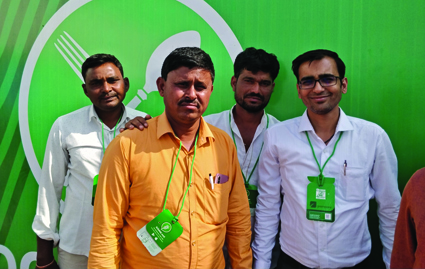
Soil Health Card (SHC) scheme
• SHC is a printed report that has the status of soil in terms of 12 parameters – such as primary and secondary nutrients status (N, P, K, S), micro nutrient status (Zn, Fe, Cu, Mn, Bo) and physical parameters (pH, EC and OC).
• Launched by the government in 2015 to adopt comprehensive soil health management practices, optimizing water resources, etc.
• SHCs are issued to farmers carry crop-wise recommendation for nutrients and fertilizers.
• Aim is to improve productivity by using the right agriculture inputs.
• Samples are collected across soil-testing labs, examined by experts, and recommendations are provided to farmers.
Direct Benefit Transfer (DBT) for fertiliser
• DBT was implemented in 2016 with pilot projects in select districts across India. The objective was to install Point of Sale (PoS) machines at each retail outlet (about 225,000) where fertilisers were sold.
• Phase 1 of selling fertilisers through PoS machines was implemented on a pan-India basis – where subsidy is transferred to fertiliser companies after PoS authentication at the retail counter.
• The Indian government is in the process of working on methods/procedures to transfer subsidy directly to farmers’ bank account under phase 2, so that fertiliser companies are free from the subsidy regime.
National Agriculture Market (e-NAM)
• National Agriculture Market (e-NAM) is an online trading platform for agriculture commodities facilitating farmers, traders and buyers.
• Launched in April 2016. Since then, the government has integrated 585 wholesale regulated markets (APMCs).
• Small Farmers Agribusiness Consortium (SFAC) is the lead agency for implementation of e-NAM under the Ministry of Agriculture.
• The objective promotes uniformity in agriculture marketing with integration of APMCs (Agriculture Produce Market Committees) across the country through a common online market platform.
• Total volumes were 258mn tonnes – with a value of Rs 708bn by June 2019.
Subscribe to enjoy uninterrupted access